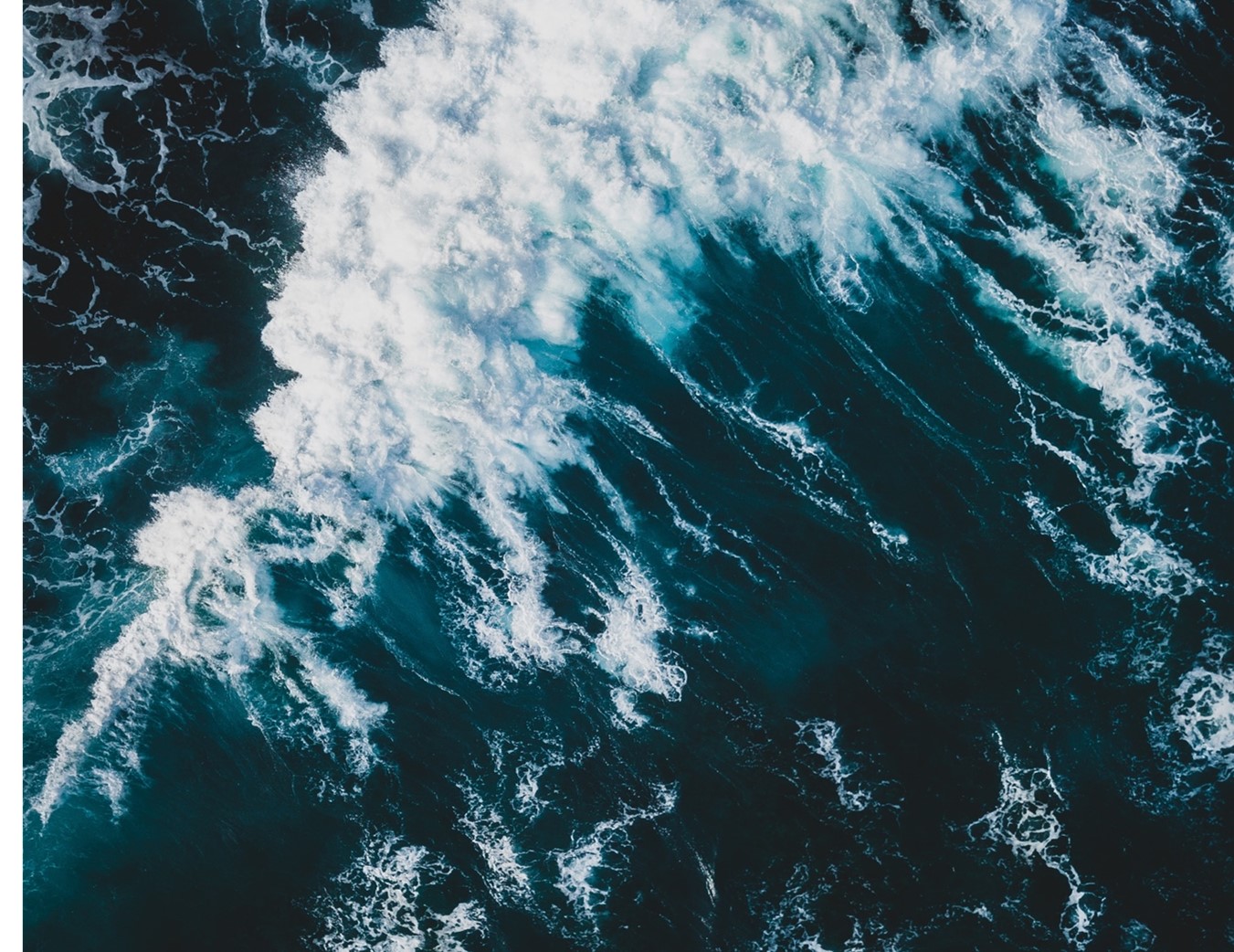After nearly two decades of talks, more than 190 countries have reached the first-ever agreement to ensure the conservation and sustainable use of marine biological diversity in areas beyond national jurisdiction.
Already referred to as the ‘High Seas Treaty, it aims at safeguarding the world’s oceans placing 30 per cent of the world’s oceans into protected areas and putting more money into the conservation and sustainable use of marine biological diversity in international waters.
“This action is a victory for multilateralism and for global efforts to counter the destructive trends facing ocean health, now and for generations to come,” said the UN Secretary-General of the United Nations, António Guterres, in a statement issued by his Spokesperson in the last few days.
In fact, in recent decades animals and plants that inhabit marine ecosystems, from tiny plankton to giant whales, have become more and more vulnerable to the huge effects related to climate change, pollution, overfishing, and shipping traffic.
Thanks to this global agreement, all UN members are now committed to tackling all these threats that are making the oceans less hospitable for many species. Furthermore, this treaty establishes the conditions for the use of marine genetic resources and define the frameworks for nations to coordinate environmental impact assessments.
The treaty paves the way towards a shared strategy from the main countries of the world for addressing together the triple planetary crisis: climate change, biodiversity loss and pollution.
Finally, the agreement is also key for achieving the goals and target of the 2030 Agenda for Sustainable Development, and the Kunming-Montreal Global Biodiversity Framework, aimed to protect a third of the world’s biodiversity by 2030.
Author: Sara Pero, EMSO ERIC
Credit photo: Unsplash/Ivan Bandura


